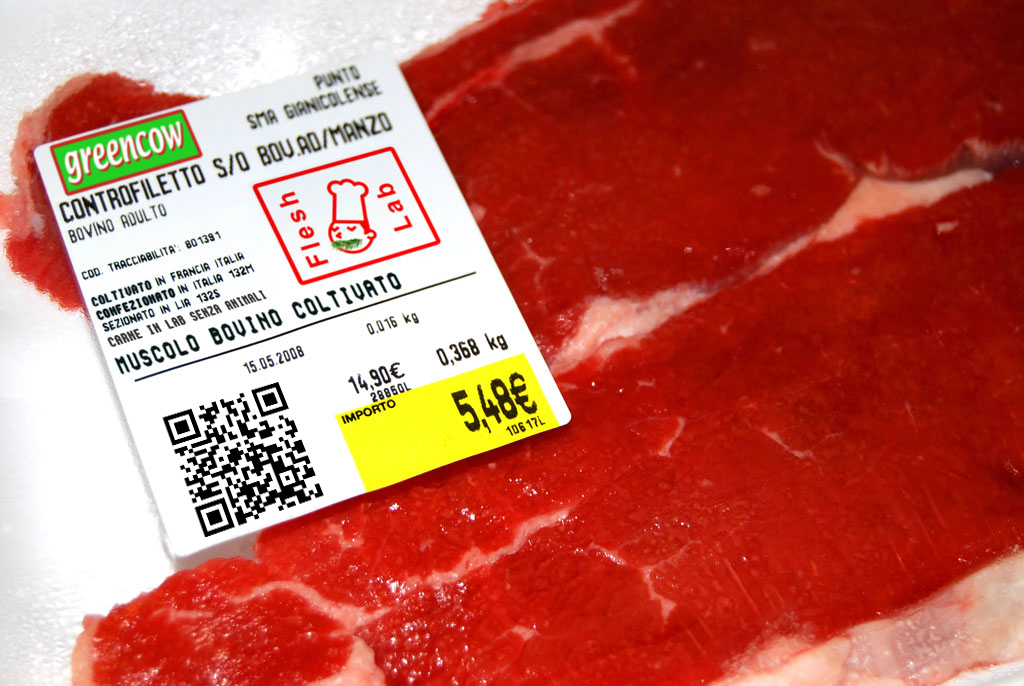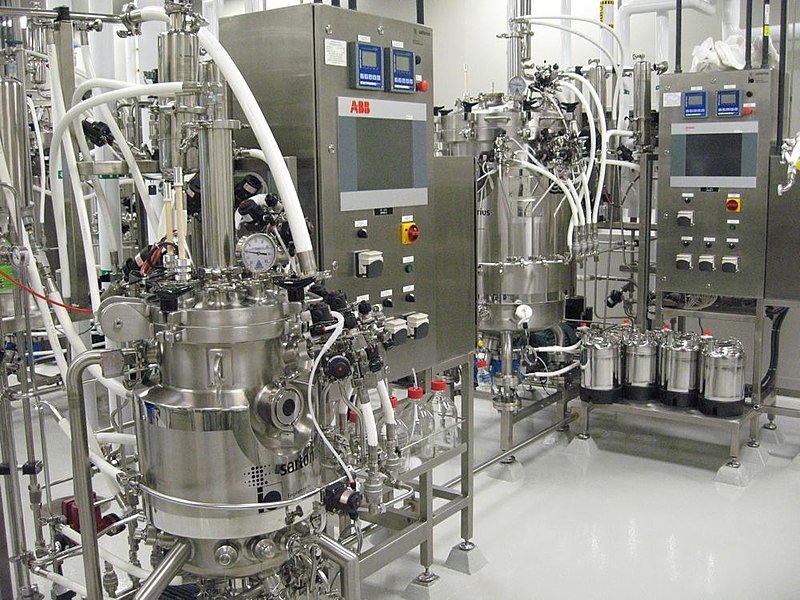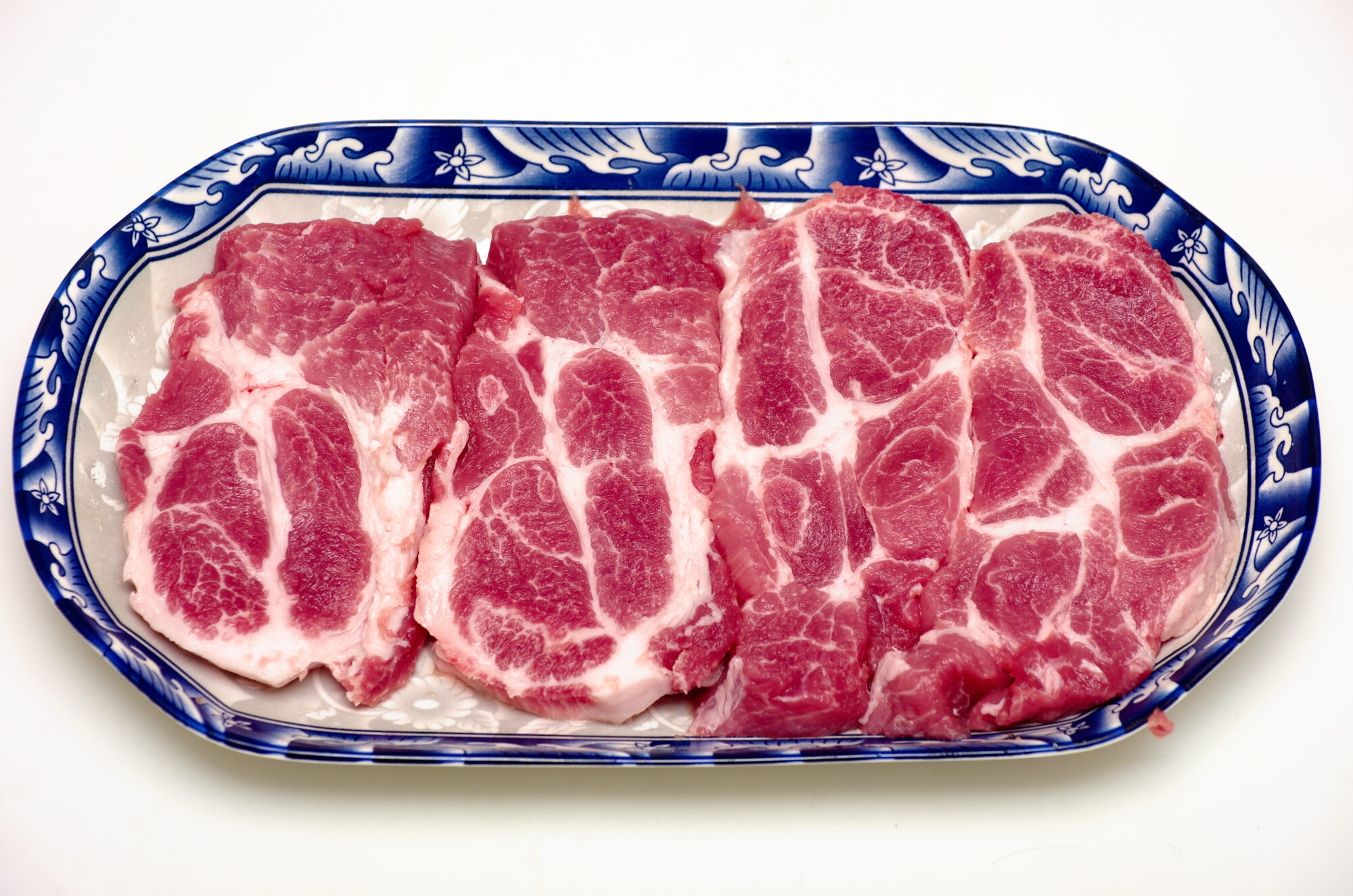Cultivated/cultured/lab grown meat is very quickly coming to the forefront of conversation surrounding breakthrough in the alternative food scene. As a source of cruelty free, genuine meat, we here at Biostache are all for the innovation. However, the acceptance and profitability is not reliant on the opinion of four biotech students, but rather the general population. Typically, factions that oppose progressive outcomes relating to breakthroughs in biotechnology will be the most difficult to convince. As such, rather than the merit of the technology itself, success by companies such as Vow and Magic Valley will be determined on factors largely out of their control.

What is cultivated meat?
All cells come from other cells in the body, which enables a constant supply of cells to replenish old or damaged cells. For example, red blood cells originate from a source in our bone marrow, which has the necessary environment (aka niche) to sustain this population until the day we die. The cells in the bone marrow that eventually become red blood cells are called stem cells, which serve as the conceptual basis for growing meat ourselves. Basically, a small number of cells are taken from the animal of choice, reverted back to a previous cell state. These are programmed to become the muscle cells that serve as the meat we eat. Thus, we can produce ample, genuine meat without relying on animal slaughter to meet demand. The process of making muscle cells occurs in a bioreactor. This large device creates the ideal environment for meat production.

What is the current public perception?
There’s largely mixed levels of acceptance for cultivated meat from the general populace. While some consider the innovation to be the next step in food habits, others consider it to be unnatural and potentially dangerous. Of course, there is no evidence to suggest that cultivated meat is in any way riskier to consume than farm meat. The controlled environment in which cultivated meat is produced reduces the likelihood of pathogens like worms and bacteria compromising the quality of the meat.
Some people have a natural disdain for products impacted by gene mutation, or anything that has touched a lab for that matter. Until lab grown meat reaches the shelves, it is difficult to ascertain how large these issues will be for selling the cultivated product. There is also the perception that cultivated meat will negatively impact the farming sector, which many Australians rely on as a source of income.
Why is positive media for cultivated meat so important?
Much like genetically modified organisms (GMOs), cultivated meat is subject to criticism from groups that refuse anything deemed ‘inorganic’. These people are usually uneducated on the scientific details that underpin the creation of these products, and as such see them as tainted and unsafe. Thus, companies that produce cultivated meat rely on mainstream media to educate the masses on the safety and basic scientific details of their products, which is not always going to be the case.
Cultivated meat companies are often perceived as out of reach of the common person, too scientific to be understood and too out of touch to be concerned about the general public. These companies despise the label of ‘lab-grown’ opting for less scientific sounding terms such as ‘cultivated’ or ‘cultured’. The fact is, if the media does not provide a positive insight into these companies, then it could be game over before they even make it into supermarkets.
With all of this in mind, the future is does seem bright for these companies. As they continue to grow, so does their exposure to the general public. There are dozens of companies in the space, both domestic and overseas. An outlook on what the market will potentially look like is in Singapore, a country pioneering the cultivated meat market due to the easier access to market through relatively lenient regulations. However, it is more accepted there than over here in Australia, due to cultural and geographical differences, as well as Singapore being further along the pipeline. As such, it’s difficult to predict how easy it will be to get people to try and buy cultivated meat from supermarkets, and they will likely have to rely on strong media presence to assist them in their journey.

Pingback:Jumar and its Exciting Impact on Melbourne’s Biotech Sphere - Biostache